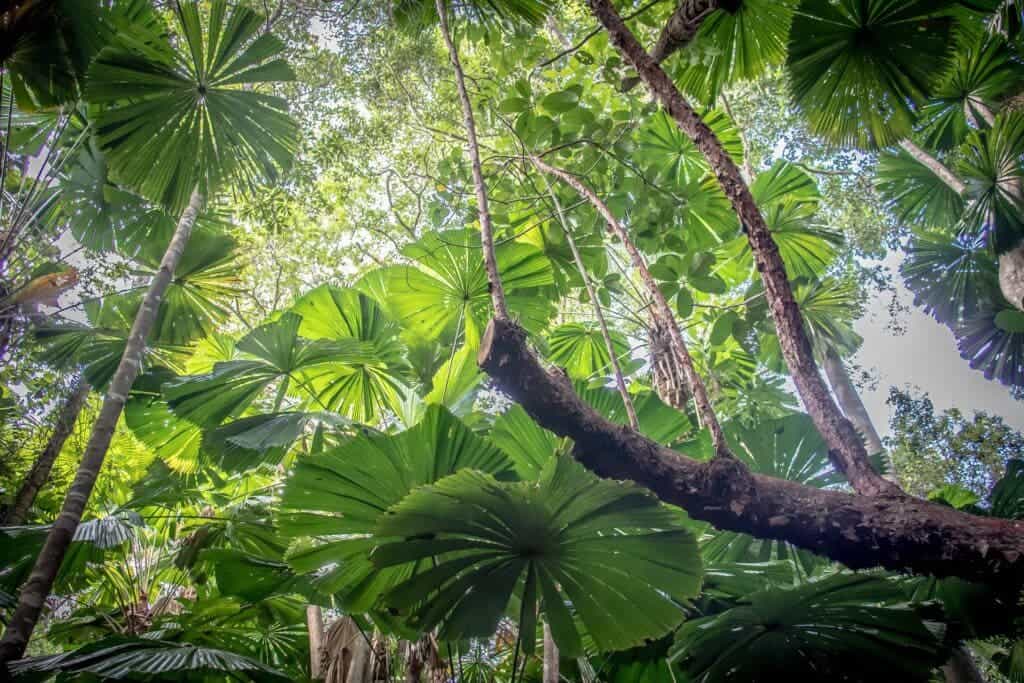The Daintree Rainforest is part of the oldest continuous-growth rainforests in the world and is recognized as such, being part of a UNESCO World Heritage site. Now, Australia’s government has returned control over this ancient forest to the First Nations peoples as the first step towards reconciliation.

The Daintree National Park, part of the Wet Tropics of Queensland World Heritage Site, protects a 135-million-year-old tropical rainforest. Before European settlers ever set foot on Australian soil, the indigenous First Nations peoples lived in this area, as they did in others across the continent.
As a first step towards addressing an “uncomfortable and ugly” past, the Australian government will be returning this land to its original owners.
Returning the heritage
“The Eastern Kuku Yalanji people’s culture is one of the world’s oldest living cultures and this agreement recognises their right to own and manage their country, to protect their culture and to share it with visitors as they become leaders in the tourism industry,” said Queensland state environment minister Meaghan Scanlon.
The Daintree jungle is a rich ecosystem, harboring ancient and rare species. Some of the plants and animals here have remained relatively unchanged for millions of years. Some of the fern species here have been around since dinosaurs still roamed the Earth.
Its wealth of biodiversity and sheer age have won Daintree and the wider Queensland Wet Tropics a World Heritage status. Much like the rest of the continent, this land is under the administration and care of the Australian government. The Ngalba-bulal, Kalkajaka, and the Hope Islands National Parks will also be returned alongside Daintree. In total, this amounts to 160,000 hectares (around 395,000 acres) of land on the Cape York peninsula.
Initially, this land will be jointly managed by the First Nations and the Queensland state government, to ensure a smooth transition. In the end, however, First Nation peoples will retain sole administrative power over the area.
To date, the Australian government has returned roughly 3.8 million hectares on Cape York to Indigenous traditional owners.
“Our goal is to establish a Foundation to provide confident and competent people with pathways and opportunities for mentoring, training, apprenticeships, work experience and employment for our Eastern Kuku Yalanji Bama to fill positions from a wide range of skilled trades, land and sea management, hospitality, tourism, and research so that we are in control of our own destinies,” said Chrissy Grant, Eastern Kuku Yalanji Traditional Owners Negotiating Committee Member, in an official statement.
“On 29 September 2021, this significant historic event becomes legal and a reality for the Eastern Kuku Yalanji Bama to realise our vision for a more promising future for all our people.”
This handback will create the first place in Australia where Traditional Owners will both receive ownership of and have an important part in jointly managing an UNESCO World Heritage Area, according to the same statement. Officials are confident that giving administrative power over this unique ecosystem to those whose cultures and customs were shaped in their midst is the best way to ensure that they remain protected and preserved for future generations.









